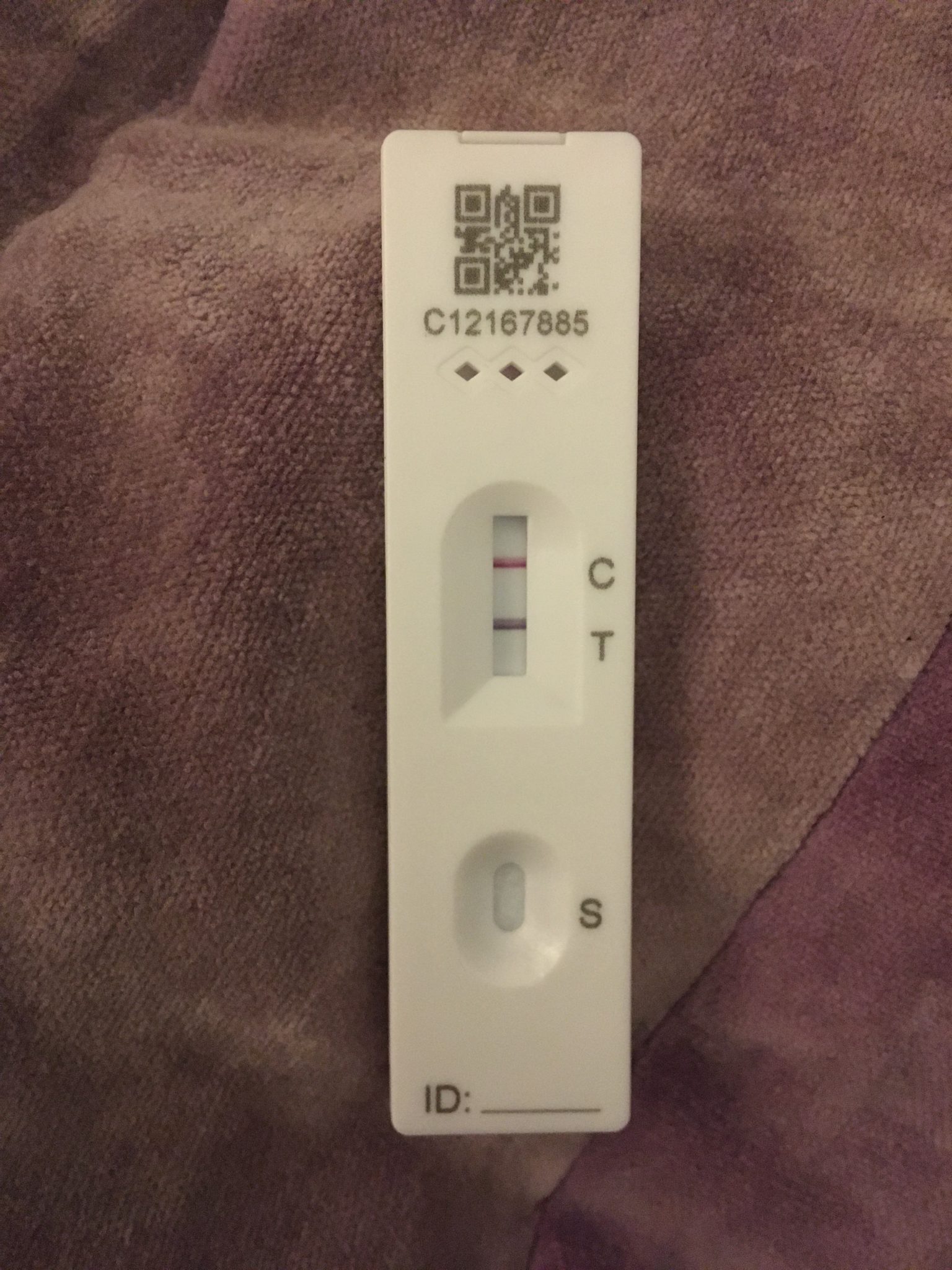

People not fully vaccinated with COVID-19 vaccine who have had close contact with someone with confirmed COVID-19 (including a person who does not have symptoms within 10 days of their positive test result).People without symptoms of COVID-19 such as:.People who are fully vaccinated with COVID-19 vaccine should be evaluated by their healthcare provider and tested for COVID-19 if indicated.The swab is then rotated around the inside of each nostril, approximately five times, to gather mucous. A swab is inserted into each nostril, one side at a time, approximately one inch. In both the rapid test and PCR test, specimens are collected using a nasal swab. The PCR COVID-19 test does take longer to get results which leads to delays in decreasing the spread of the virus. PCR testing is considered the “gold standard” in COVID-19 detection and is often more accurate than a rapid test, especially in individuals without symptoms. Rapid tests allow public health to detect disease sooner, decrease spread faster and start contact tracing earlier.Ī PCR test, also called a molecular test or polymerase chain reaction test, detects genetic material specific to the virus that causes COVID-19.

This type of test is considered most accurate in those individuals who are experiencing symptoms of COVID-19.
#POSITIVE COVID RAPID TEST FREE#
– Order your Free at-home Rapid COVID test kits, federal government website.Infant / Children / Adolescent Services.Medical Assistance for Families/Maryland Children’s Health Program (MCHP).Administrative Care Coordination and Ombudsman Services.Financial Assistance for Environmental Programs.Sexually Transmitted Infection (STI) Services.Sexual Assault Crisis Center and Hotline.Resources: Fact Sheets, Fliers and More.Guidance for Businesses, Facilities, Special Populations and the Public.COVID-19 Data on Vaccinations, Cases and Wastewater.Personnel Roster and Organization Chart.If you do not have symptoms and have not been exposed to the virus that causes COVID-19, continue to take steps to protect yourself and others, including monitoring for symptoms.If you do not have symptoms, but were exposed to the virus that causes COVID-19, you should continue to take recommended steps after exposure.Contact a healthcare provider if you have any questions about your test result or if your symptoms worsen.Take everyday preventive actions to prevent spreading an illness to others.For many diseases, including flu, early diagnosis and prompt treatment is important for preventing severe illness. You may have another viral infection or illness that you need to get tested for.You may have COVID-19, but tested before the virus was detectable.Self-tests, along with vaccination and prevention actions, can help you protect yourself and others.Ī negative COVID-19 test means the test did not detect the virus, but this doesn’t rule out that you could have an infection.You may get a PCR test as an alternative to repeat testing.Self-tests are more likely to detect the virus if you have symptoms. Take a third test, 48 hours after the second, if the second test was negative and you don’t have symptoms. FDA recommends people who get an initial negative result on an antigen test, take at least one more test 48 hours later.Although self-tests are usually faster, they are not as good at detecting the virus as PCR tests, meaning you might get a false negative result.These are different from laboratory-based PCR tests or self-collected samples that are sent to a laboratory these may take days to return your result. They give you results in 10-15 minutes and are usually antigen tests.Self-tests detect current infection and are sometimes also called “home tests,” “at-home tests,” or “over-the-counter (OTC) tests.”.Self-tests for COVID-19 give rapid results and can be taken anywhere.


 0 kommentar(er)
0 kommentar(er)
